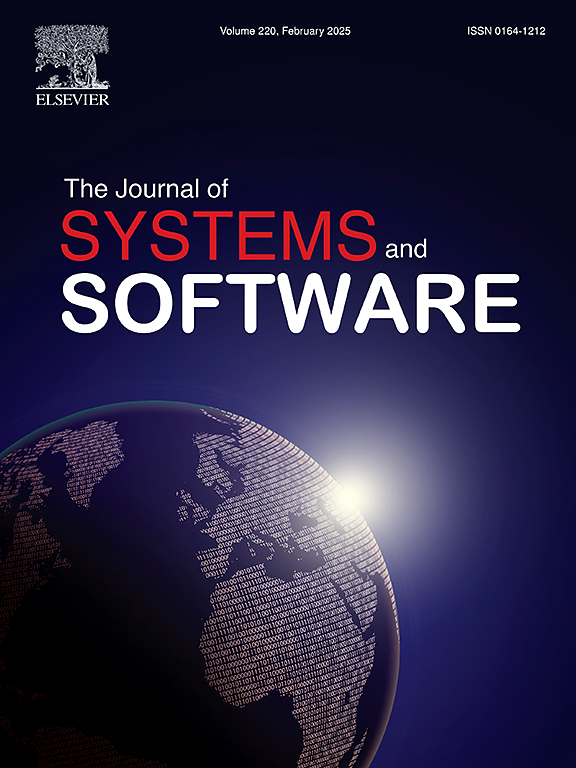STILE: A tool for optimizing E2E web test scripts parallelization
IF 3.7
2区 计算机科学
Q1 COMPUTER SCIENCE, SOFTWARE ENGINEERING
引用次数: 0
Abstract
Web applications quality is commonly assessed by executing End-to-End (E2E) test scripts interacting with those systems as a human tester would. To avoid setting up the web application state for each test script, testers usually create test scripts that may depend on others previously executed. However, the presence of dependencies prevents parallelization, a fundamental technique for speedup the execution of large test suites.
In this paper, we present Stile, a tool for parallelizing the execution of E2E web test scripts that generates and executes a set of test schedules satisfying two important constraints: (1) every schedule respects existing test dependencies, and (2) all test scripts in the test suite are executed at least once. Moreover, Stile optimizes the execution by running only once the test scripts that are shared among the schedules.
We empirically evaluated Stile on eight E2E test suites by comparing the execution time of Stile both with the sequential execution and with the parallel execution based on Selenium Grid. Our results show that Stile can reduce the execution time up to 80% w.r.t. the sequential execution and up to 50% w.r.t. Grid. Moreover, Stile provides a reduction in the CPUs usage (i.e., overall CPU-time) up to 75%.
求助全文
约1分钟内获得全文
求助全文
来源期刊

Journal of Systems and Software
工程技术-计算机:理论方法
CiteScore
8.60
自引率
5.70%
发文量
193
审稿时长
16 weeks
期刊介绍:
The Journal of Systems and Software publishes papers covering all aspects of software engineering and related hardware-software-systems issues. All articles should include a validation of the idea presented, e.g. through case studies, experiments, or systematic comparisons with other approaches already in practice. Topics of interest include, but are not limited to:
•Methods and tools for, and empirical studies on, software requirements, design, architecture, verification and validation, maintenance and evolution
•Agile, model-driven, service-oriented, open source and global software development
•Approaches for mobile, multiprocessing, real-time, distributed, cloud-based, dependable and virtualized systems
•Human factors and management concerns of software development
•Data management and big data issues of software systems
•Metrics and evaluation, data mining of software development resources
•Business and economic aspects of software development processes
The journal welcomes state-of-the-art surveys and reports of practical experience for all of these topics.
 求助内容:
求助内容: 应助结果提醒方式:
应助结果提醒方式:


